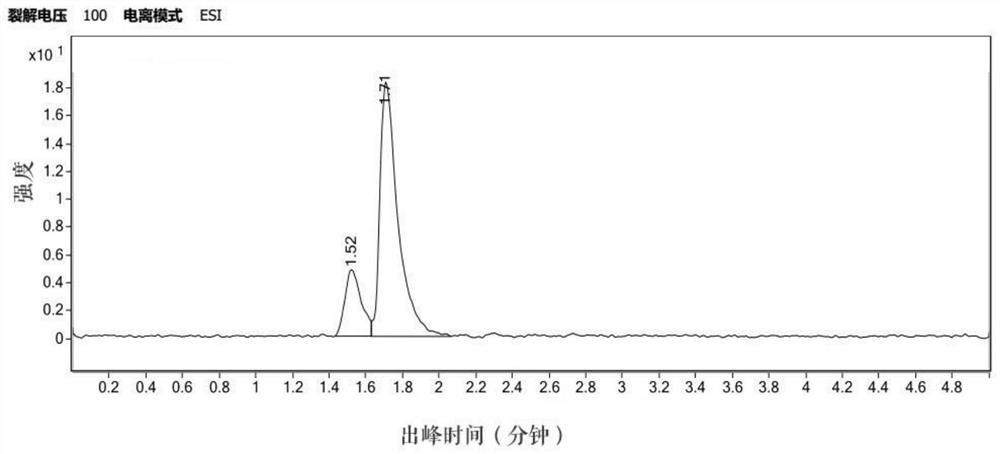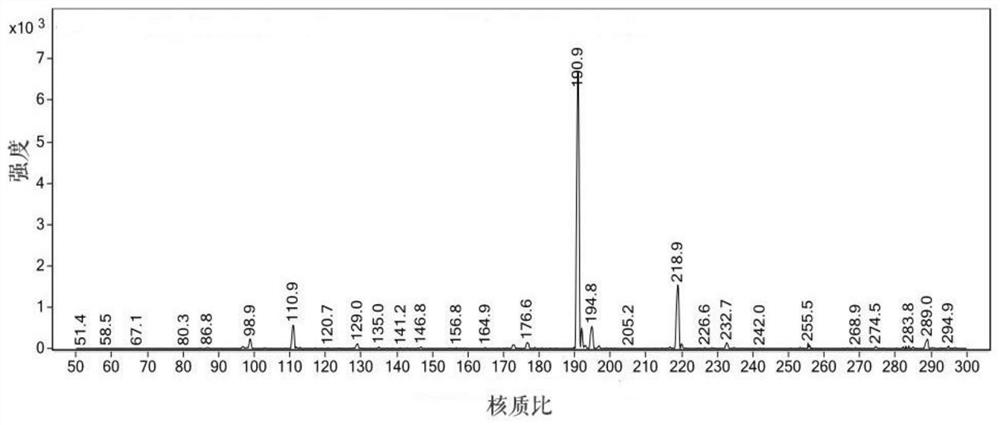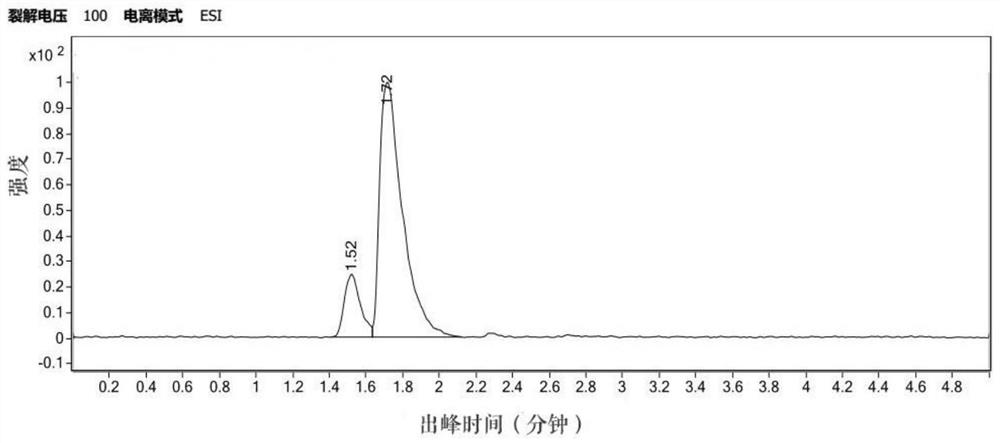Method for recycling harmful aromatic hydrocarbon waste in water body
A technology of reuse and water body, applied in water pollutants, chemical instruments and methods, organic chemistry, etc., can solve problems such as harmful aromatic hydrocarbon pollution
- Summary
- Abstract
- Description
- Claims
- Application Information
AI Technical Summary
Problems solved by technology
Method used
Image
Examples
Embodiment 1
[0041] In 100mL of an aqueous solution with a toluene content of about 86mg / L (equivalent to a theoretical COD of about 270mg / L), add 20mg of ferric chloride, and use sodium hydroxide to adjust the initial pH to 8-8.5 (there may be some errors in the measurement of the pH value ), in the actual experiment process, the pH will change with the photochemical reaction, so the pH value is written as the initial value here. Then the solution is sealed and placed in a light intensity of about 10–30mW / cm 2 In the actual experiment process, the light intensity also changes at any time. Unlike the conventional artificial light source experiment in the laboratory, the present invention uses natural light, and the light intensity of natural light itself changes from morning to afternoon. , and the invention point of the present invention is also to be closer to the natural water body environment and illumination situation, so the present invention can directly utilize sunlight when applyi...
Embodiment 2
[0043] In 100mL of an aqueous solution with an o-xylene content of about 50mg / L (converted to a theoretical COD of about 158mg / L), add 25mg of manganese oxyhydroxide and 25mg of ferric hydroxide, and adjust the initial pH to 8.5-9 (pH There may be some errors in the measurement of the value), in the actual experiment process, the pH value will change with the photochemical reaction, so the pH value is written as the initial value here. Then seal the solution and place it under a light intensity of about 20–50mW / cm 2 In the actual experiment process, the light intensity also changes at any time. Unlike the conventional artificial light source experiment in the laboratory, the present invention uses natural light, and the light intensity of natural light itself changes from morning to afternoon. , and the invention point of the present invention is that it is closer to the natural water body environment and light conditions, so the present invention can directly use sunlight whe...
Embodiment 3
[0045] In 100mL of an aqueous solution with a m-xylene content of about 50mg / L (converted to a theoretical COD of about 158mg / L), add 50mg of copper hydroxide, and use sodium hydroxide to adjust the initial pH to 8.5-9 (the measurement of the pH value may exist A certain error), in the actual experiment process, the pH will change with the photochemical reaction, so the pH value is written as the initial value here. Then seal the solution and place it under a light intensity of about 20–50mW / cm 2 In the actual experiment process, the light intensity also changes at any time. Unlike the conventional artificial light source experiment in the laboratory, the present invention uses natural light, and the light intensity of natural light itself changes from morning to afternoon. , and the invention point of the present invention is that it is closer to the natural water body environment and light conditions, so the present invention can directly use sunlight when it is applied late...
PUM
 Login to View More
Login to View More Abstract
Description
Claims
Application Information
 Login to View More
Login to View More - R&D
- Intellectual Property
- Life Sciences
- Materials
- Tech Scout
- Unparalleled Data Quality
- Higher Quality Content
- 60% Fewer Hallucinations
Browse by: Latest US Patents, China's latest patents, Technical Efficacy Thesaurus, Application Domain, Technology Topic, Popular Technical Reports.
© 2025 PatSnap. All rights reserved.Legal|Privacy policy|Modern Slavery Act Transparency Statement|Sitemap|About US| Contact US: help@patsnap.com



